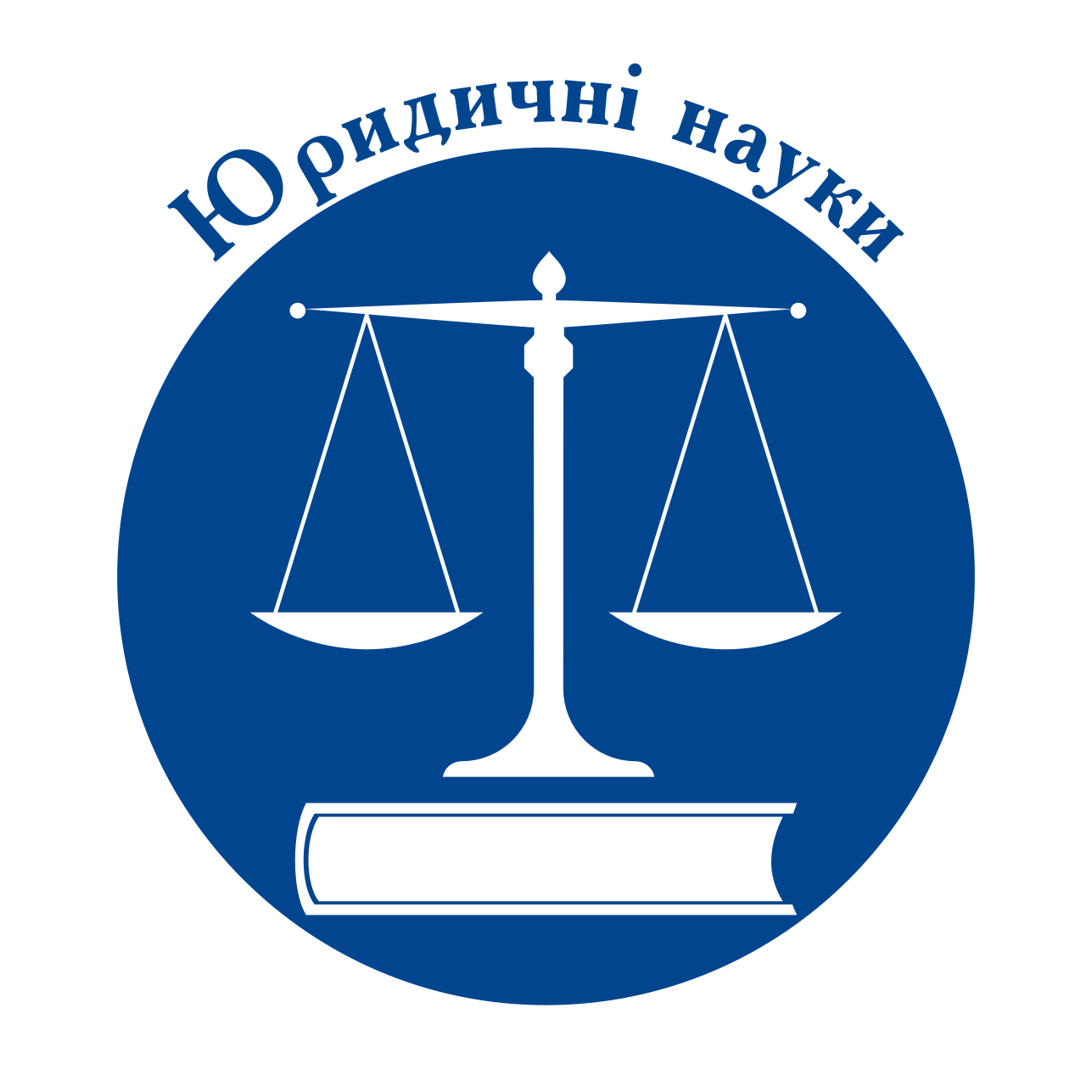PROCEDURAL FEATURES OF CONSIDERATION AND RESOLUTION OF DISPUTES REGARDING THE ESTABLISHMENT OF FACTS OF MOBBING (HARASSMENT) AT WORK IN CIVIL PROCEEDINGS
Abstract
Mobbing as a form of psychological violence in the workplace is becoming increasingly widespread inmodern conditions. Mobbing in the workplace is not just a conflict between colleagues, but a serious socialproblem that has negative consequences for the health, psychological well-being and productivity of employees.Ukrainian legislation has taken an important step by defining mobbing and providing for liability for itscommission. With the legislative regulation of the concept of “mobbing” in the labor legislation of Ukraine,society has received a powerful tool to combat this phenomenon. However, in practice, it turned out thatthe legislative norm itself does not solve the problem, and proving the fact of mobbing in court in civilproceedings remains a difficult task. Purpose. To investigate mobbing, its forms of manifestation, typical signsof commission, as well as to analyze judicial practice in cases of establishing facts of mobbing (harassment)at work in civil proceedings. Methods. When writing the article, general scientific and special methods were used. The structural-logical method, the method of analysis and synthesis, formal-legal, statistical methods,etc. were clearly traced. Results. The article examines the procedural features of considering disputes onestablishing facts of mobbing (harassment) at work in the civil justice of Ukraine. Particular attention is paidto the problems of proving the fact of mobbing, in particular, the difficulties in establishing a causal relationshipbetween the actions of the offender and negative consequences for employees. An analysis of judicial practicewas carried out, problematic aspects of proving mobbing were identified, and proposals were formulated toimprove the legislation. Conclusions. Despite the legislative definition of mobbing, courts face numerousdifficulties in qualifying and proving it. Mobbing leads to negative social and economic consequences, suchas reduced labor productivity, deterioration of employees’ health, and an increase in the number of legaldisputes. To solve this problem, it is necessary to develop more detailed criteria for defining mobbing, simplifythe procedure for proving, and conduct specialized training for judges on the features of considering disputesabout mobbing.
References
2. Кодекс України про адміністративні правопорушення від 07.12.1984 № 8073-X. Відомості Верховної Ради Української РСР (ВВР) 1984, додаток до № 51, ст. 1122.
3. Єдиний державний реєстр судових рішень. URL: https://reyestr.court.gov.ua/ (дата звернення: 29 листопада 2024 року).
4. Лисенко Г. Мобінг. Як довести в суді вчинення мобінгу URL: https://lysenko-solicitors.com/archives/news (дата звернення: 29 листопада 2024 року).
5. Цивільний процесуальний кодекс України від 18.03.2004 № 1618-IV. Відомості Верховної Ради України (ВВР), 2004, № 40–41, 42, ст. 492.
6. Рішення у цивільній справі № 642/2981/24 URL: https://reyestr.court.gov.ua/Review/121266719 (дата звернення: 29 листопада 2024 року).
7. Постанова Великої Палати Верховного Суду від 21 червня 2023 р. у справі № 916/3027/21 (провадження № 12-8гс23). URL: https://reyestr.court.gov.ua/Review/112088045 (дата звернення: 30 листопада 2024).
8. Рішення Диканського районного суду Полтавської області від 29.05.2023 у справі № 529/131/23. URL: https://reyestr.court.gov.ua/Review/111252787 (дата звернення: 30 листопада 2024 року).
9. Як довести факт вчинення мобінгу. URL: https://profpressa.com/blogs/iak-dovesti-fakt-vchinennia-mobingu (дата звернення: 30 листопада 2024 року).
10. Постанова Верховного Суду від 29.08.2018 у справі № 910/23428/17. URL: https://verdictum.ligazakon.net/document/76156187 (дата звернення: 30 листопада 2024 року).
11. Рішення у цивільній справі № 932/9202/23. URL: https://reyestr.court.gov.ua/Review/117523439 (дата звернення: 30 листопада 2024 року).


